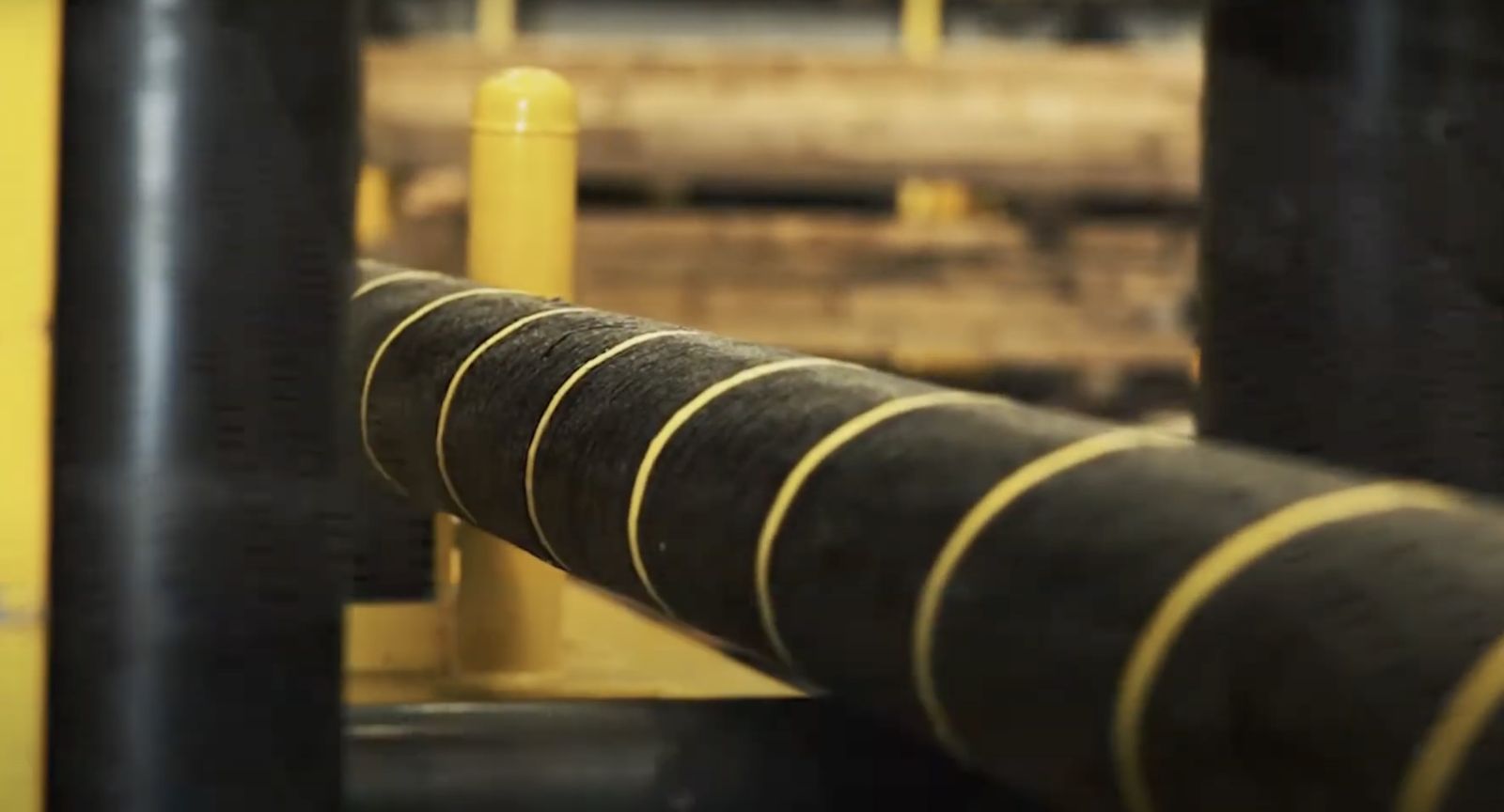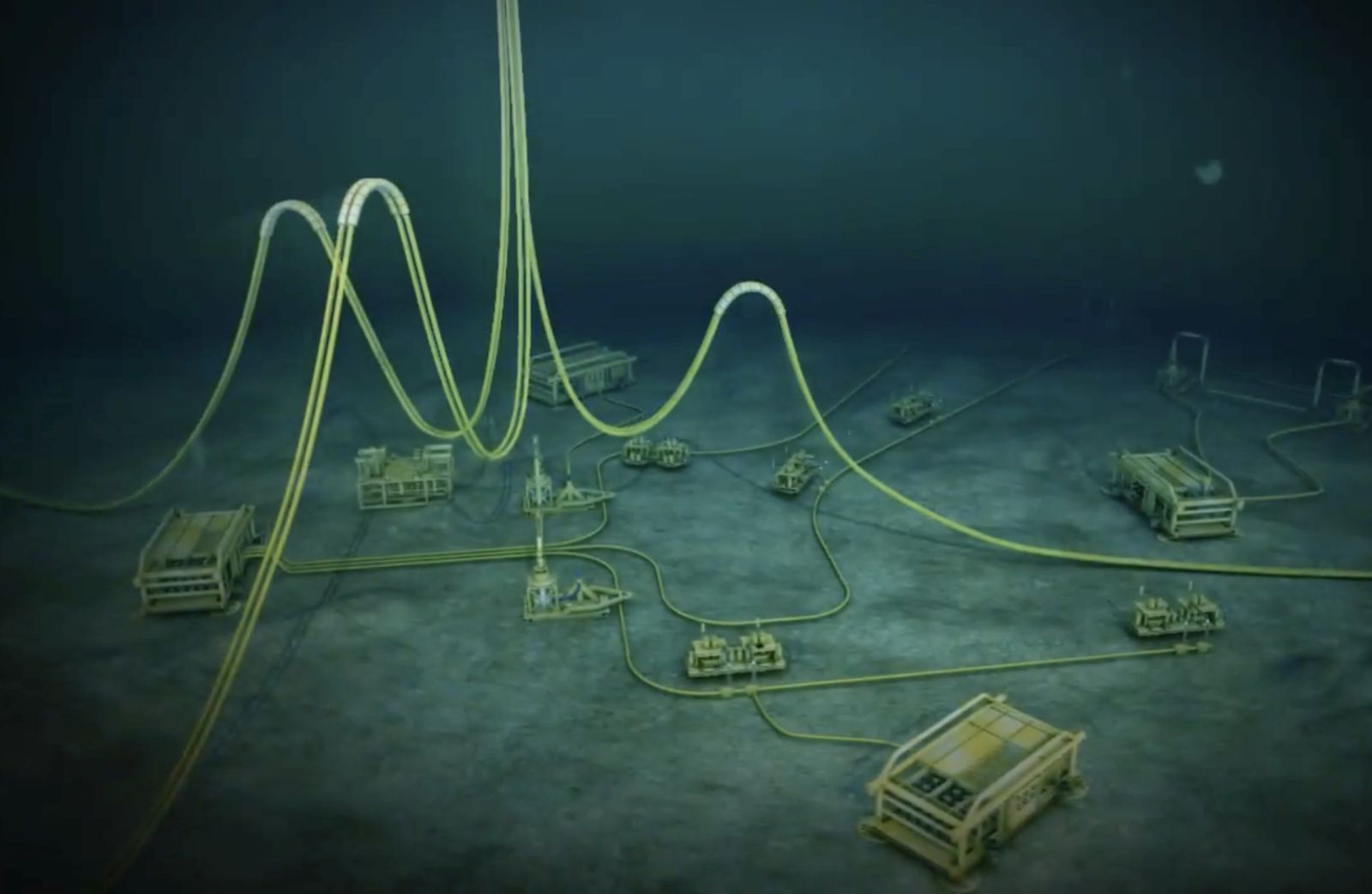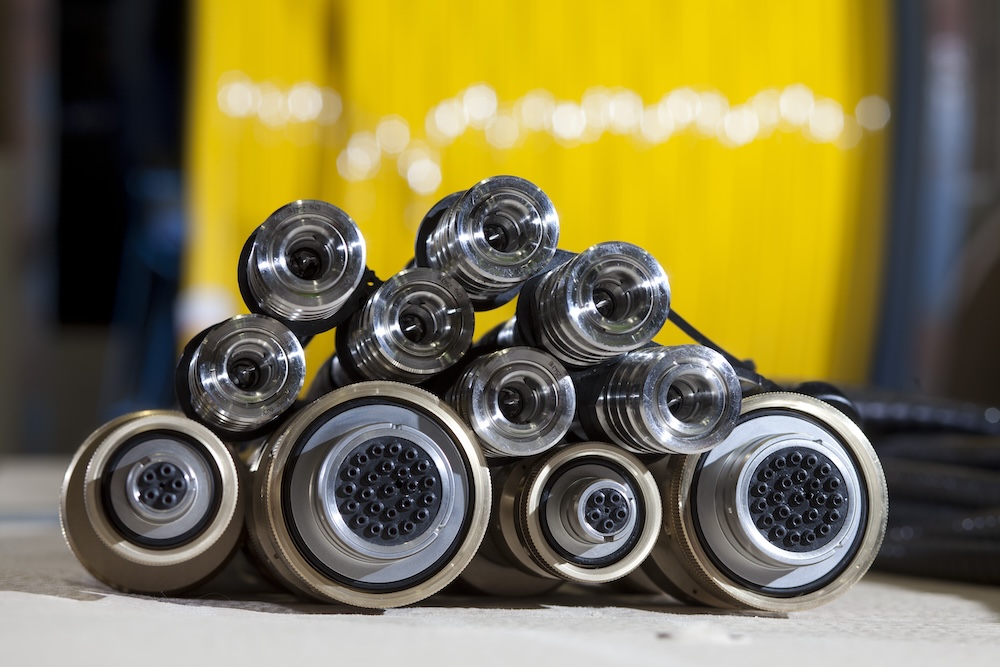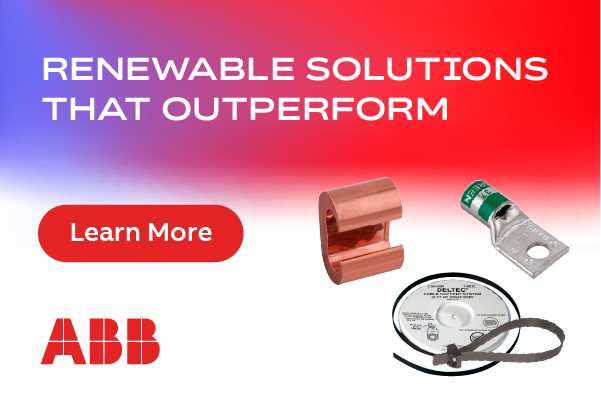Seamless Inter-Array Cable Installation
Offshore wind farms are engineering marvels, harnessing the power of nature to deliver sustainable and renewable energy. Central to these impressive structures is a carefully planned network of inter-array cables that connect turbines to each other and to offshore substations. These cables form the electrical backbone of the wind farm, transmitting the energy generated by the turbines to collection points for onward transmission to the onshore grid.
The integration of Termination and Testing (T&T) services, with cable pull-in operations, presents an excellent opportunity to enhance the installation process for cables in wind turbine transition pieces and offshore substations. This combined approach accelerates installation, mitigates risks, and enables clients to achieve first power more efficiently than ever before.

The process of cable installation and termination occurs in three stages.
1. Planning and preparation
Every offshore wind farm project begins with extensive planning and preparation, involving:
-
Route surveys, where engineers undertake seabed surveys to determine the optimal cable routes to avoid obstacles and minimize environmental impact.
-
Pre-lay engineering, during which cable design is tailored to suit site-specific conditions, turbine layout, and substation requirements.
2. Cable pull-in: Bringing the cables into position
Pulling inter-array cables into turbine transition pieces and offshore substations includes several key steps:
-
Cable delivery, when the cables are transported to the offshore site aboard specialized cable-laying vessels.
-
Pull-in equipment setup, which uses a messenger wire to guide the heavy cable into the turbine or substation. This requires close coordination between the offshore team and numerous vessels.
-
Controlled pull-in, which uses winches and tensioners to carefully draw the cable through designated entry points in the turbine transition piece or substation. Precision is critical to avoid damage to the cable or turbine structure.
3. Termination and Testing: Ensuring electrical integrity
Once the cables are in place, they must be prepared for operation through termination and rigorous testing:
-
Cable stripping and termination is done by skilled technicians using specialist tools to strip and prepare the cable ends. The conductors are securely connected to termination points within the turbine or substation.
-
Electrical testing involves a series of advanced diagnostic tests to ensure the cables meet the required performance standards. These include:
-
High-voltage testing to confirm the cable’s capacity to handle operational voltage.
-
Partial discharge testing to identify imperfections that could lead to future faults.
-
Continuity and insulation resistance testing to verify connectivity and safety.

Final commissioning
After all testing is successfully completed, the system is commissioned, bringing the wind farm a step closer to generating clean energy.
Efficiency, safety, and simplicity
Traditionally, cable pull-in and T&T scopes were handled by separate contractors, requiring meticulous coordination and adding risk to project schedules. A turnkey approach eliminates these barriers by enabling hybrid technicians to perform both scopes sequentially, simplifying operations and enhancing efficiency.
The turnkey solution
Hybrid technicians
Technicians are cross-trained to handle not only T&T tasks but also subsea cable installation. This dual capability ensures seamless progression from cable pull-in to termination and testing.
Sequential execution
Cables are pulled into the offshore assets and immediately transitioned to T&T operations without delay.
Accelerated installation
The streamlined process significantly reduces installation timelines, allowing clients to achieve first power (generation) faster.
De-risked scope
By managing the entire installation process, potential delays, miscommunications, and logistical challenges are minimized.
Optimized cost and quality
A single, cohesive team ensures a consistent standard of excellence, reducing overheads and avoiding duplication of effort.

Driving innovation in renewable energy
This turnkey solution represents a transformative step forward for the offshore wind sector. Combining expertise in Termination and Testing with the capability to perform cable pull-in operations delivers a seamless, high-quality service that supports clients in achieving their goals efficiently and safely.
As offshore wind farms grow in scale and complexity, the ability and flexibility to deliver end-to-end solutions ensures projects remain on schedule, on budget, and aligned with the highest standards. Through meticulous engineering, combined expertise, and a commitment to innovation, this approach offers an unparalleled blend of safety, quality, and efficiency — helping advance the global transition to clean energy.
Brian Davis is Head of Services at JDR Cables, which manufactures and supplies inter-array cables and product systems for offshore wind energy generation.
JDR Cables | www.jdrcables.com
Author: Brian Davis
Volume: 2025 January/February








